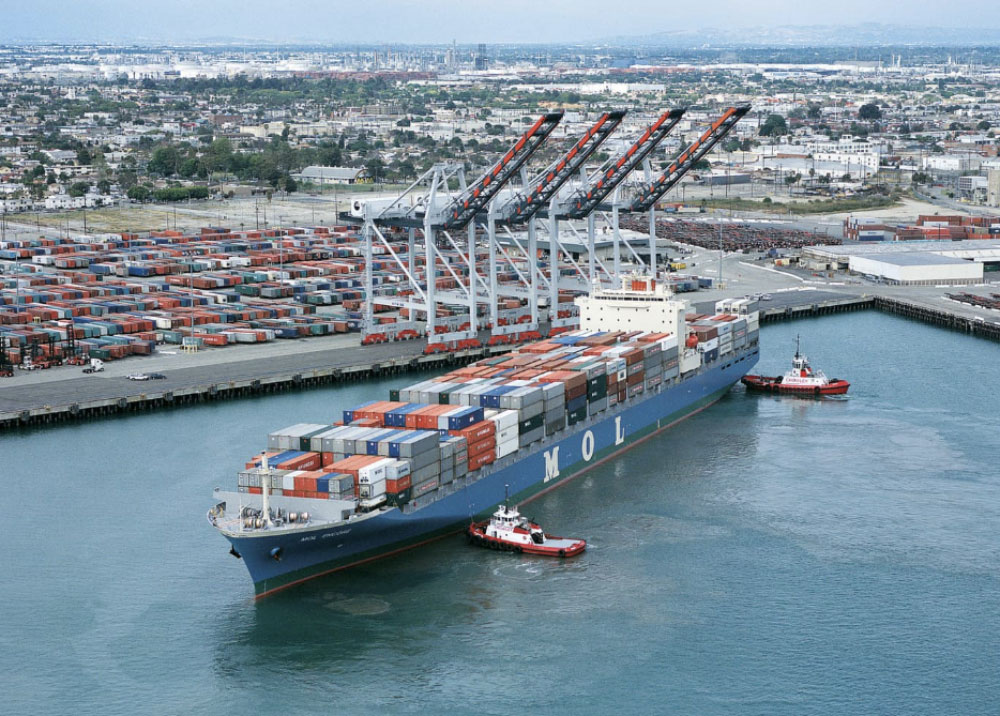Vietnam Seafood
May 2025: Tariffs trigger significant slowdown at port of Los Angeles
Official data indicates that total container throughput in May reached 716,619 TEUs, a 5% decrease year-on-year. Notably, import containers totaled only 355,950 TEUs, representing a 9% decrease from the same period last year and a steep 19% drop compared to April, marking the largest month-on-month decrease since early 2023. Exports also fell by 5%, marking the sixth consecutive month of decline.
Port Executive Director Gene Seroka commented “May was our weakest month for cargo volume in over two years. Without comprehensive, long-term trade agreements, consumers may face higher prices and fewer product choices during the upcoming holiday season.”
The most significant impact on import flows stems from elevated U.S. tariffs on Chinese goods with certain items facing duties as high as 145%. Amid a lack of clarity on when trade tensions might ease, importers have adopted a cautious approach, significantly delaying or reducing shipments to the U.S.
Additionally, the decline in container traffic has directly impacted the Southern California economy. The average number of daily ship calls dropped to five, down sharply from the pre-decline average of 12 per day. This has resulted in nearly a 50% reduction in labor demand, severely affecting employment in the local logistics and maritime transport sectors.
Transportation experts forecast that cargo volumes at the Port of Los Angeles may continue to languish during the summer months if tariff barriers remain unresolved. Although some duties have been temporarily adjusted to 30%, analysts warn that the impact on consumer prices and logistics costs will persist. Ernie Tedeschi, Chief Economist at Yale Budget Lab, estimates that the new tariffs are driving up consumer prices by approximately 1.5%, costing U.S. households nearly $2,500 in annual purchasing power, with low-income groups hit hardest.
The decline in cargo throughput at the Port of Los Angeles, which handles over 20% of the U.S.’s containerized import value, serves as a warning signal for global supply chains. Amid mounting international trade barriers, stable tariff policies and long-term trade agreements are seen as critical to revitalizing logistics activity and sustaining growth momentum in the second half of 2025.

Source: https://seafood.vasep.com.vn/



 Tiếng Việt
Tiếng Việt